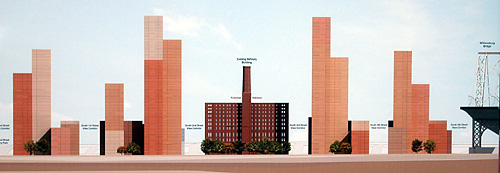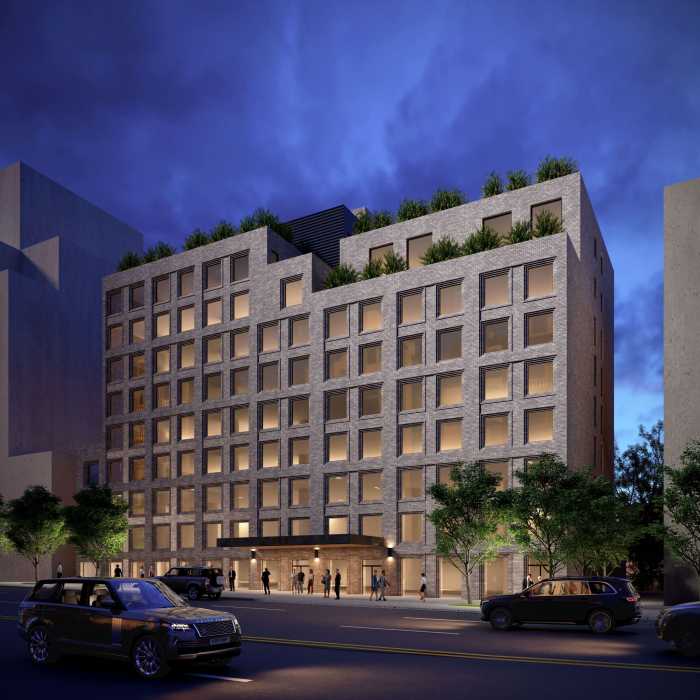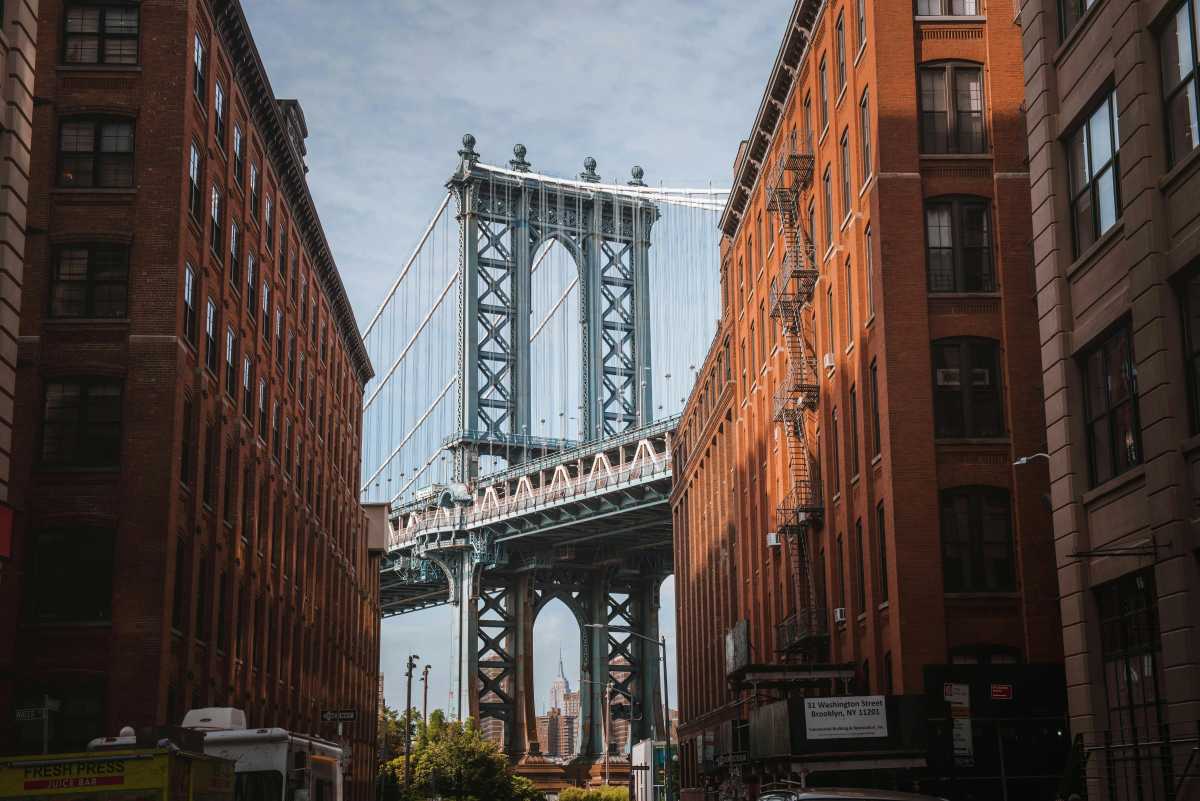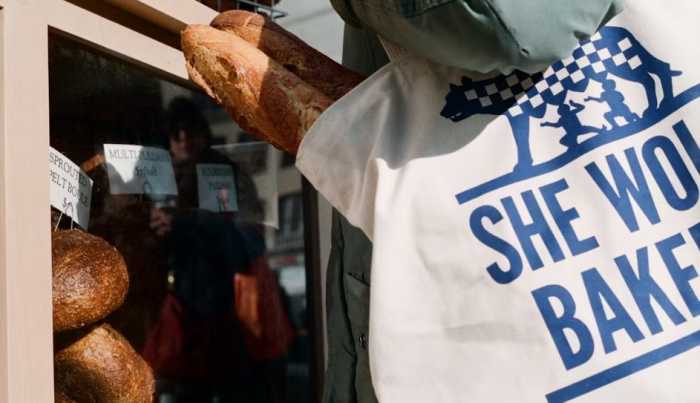Williamsburg appeared divided Tuesday over plans for a massive waterfront development at the Domino Sugar plant site.
At a public hearing in Manhattan, affordable housing advocates said they wanted to see the project move forward, but elected officials were demanding that brakes be applied.
Two elected officials slammed the development, one demanding that all of the project’s nine skyscrapers be shortened to fewer than 30 stories, the other calling for a drastic increase in affordable housing units.
“The current plan for the Domino Sugar site as proposed is unacceptable at this point,” said Elizabeth Hynes, legislative assistant for Assemblyman Vito Lopez (D-Bushwick), at a public “scoping” hearing for the development hosted by the City Planning Commission.
“Until the 300- and 400-foot buildings are reduced by at least 10 stories, the Assemblyman will continue to advocate for a balanced proposal that speaks to all the community’s needs,” added Hynes, evoking legendary urban planner Jane Jacobs’s theory of “organic development.”
According to the developer, two of the nine towers will soar to 30 stories, while another two will top out at 40 stories.
Councilwoman Diana Reyna (D– Williamsburg) said she would not support the plan unless it included 1,000 (rather than 660) units of affordable housing, and an additional 500 units for moderate-income families.
Community Preservation Corporation and CPC Resources Inc. plan to transform the site of the old Domino Sugar plant into a multi-use complex with nine new towers containing up to 2,400 units of housing. Thirty percent (or 660) of the units would be so-called affordable rentals, 100 units for families earning up to $21,000 a year, 330 for families earning up to $42,000, and another 100 rentals for low-income seniors. The remaining 130 units would be sold to families earning up to $90,000.
At the hearing, a number of local affordable housing advocates spoke passionately in favor of the plan, including Matt Sollett, an outreach coordinator for Churches United.
“Domino is an important opportunity to bring affordable housing to our community,” he said. “We must not let anything get in the way of developing as much affordable housing as possible.”
The 11-acre site, bounded by the East River, Wythe Avenue, South Fifth and Grand streets, would also include a public waterfront esplanade, a floating dock for a Water Taxi, about four acres of public open space, and a “community facility.”
While most of the plant’s buildings, many well over 100 years old, will be demolished, the developers plan to reuse the soon-to-be-landmarked Filter House/Pan House/Finishing House buildings, on Kent Avenue between South Second and South Third streets.
The comments submitted during the hearing, and the ensuing ten-day written comment period (to expire on Aug. 10), are meant to assist the City Planning Commission in framing a Draft Environmental Impact Statement.
The plan needs to go through this review because the site would have to be rezoned from manufacturing to residential to accommodate the new development.
If approved, the project could be completed by 2016.
Esteban Duran, a neighborhood resident and community board member, hopes the project is completed sooner rather than later.
“I grew up here when the area was impoverished and drug-riddled,” said Duran. “The plan CPC has put together is great. As an urban professional who earns over $50,000, I still can’t afford to live in the neighborhood.”
























